UNESCO honours for eight heritage collections
The UNESCO Memory of the World New Zealand Trust has announced eight new inscriptions to its documentary heritage register.
Inscription Details
The eight are:
- Kerikeri Mission Te Reo Slates (nominated by Heritage New Zealand Pouhere Taonga (HNZPT) and Nga Uri O Hongi);
- Marti Friedlander Archive (Auckland Art Gallery);
- Journals and Papers of Reverend Charles Baker (Auckland War Memorial Museum);
- Lovelock, John Edward (Jack), 1910-1949: Papers (Alexander Turnbull Library, Wellington);
- Cambodian women in New Zealand oral history project, 1993 (Alexander Turnbull Library, Wellington);
- Armson Collins Architectural Drawing Collection (University of Canterbury);
- Presbyterian Church of Aotearoa New Zealand Deaconess Collection (Presbyterian Research Centre, Dunedin); and
- James Herries Beattie: Papers (1848-1972) (Hocken Collections, University of Otago, Dunedin).
The Memory of the World New Zealand Trust Chair Bruce Ralston said, “This year we have inscriptions from the Bay of Islands to Otago. It is extremely pleasing the message about the relevance and importance of documentary heritage has reached so widely.
“These eight new inscriptions demonstrate the many different forms that documentary heritage take, from 1800s writing slates to oral history recordings in the 1990s. It is valuable for our sense of identity. It records our history and helps us understand how we have become the society we are. But it is fragile and can be taken for granted.
“Through UNESCO’s Memory of the World scheme the preservation and access to our memory through documentary heritage is brought to public awareness.
“This week we celebrate 125 years since New Zealand women went out to vote. The 1893 Women’s Suffrage Petition has UNESCO recognition on the International and New Zealand registers. We are very pleased to honour four of these new inscriptions that reflect the activities and roles of women over a period of almost 200 years.”
These latest listings bring the total to 35 documentary heritage collections on the New Zealand register. Each is a valuable source of research for historians, researchers, educators and many others in New Zealand and the world.
Kerikeri Mission Te Reo Slates
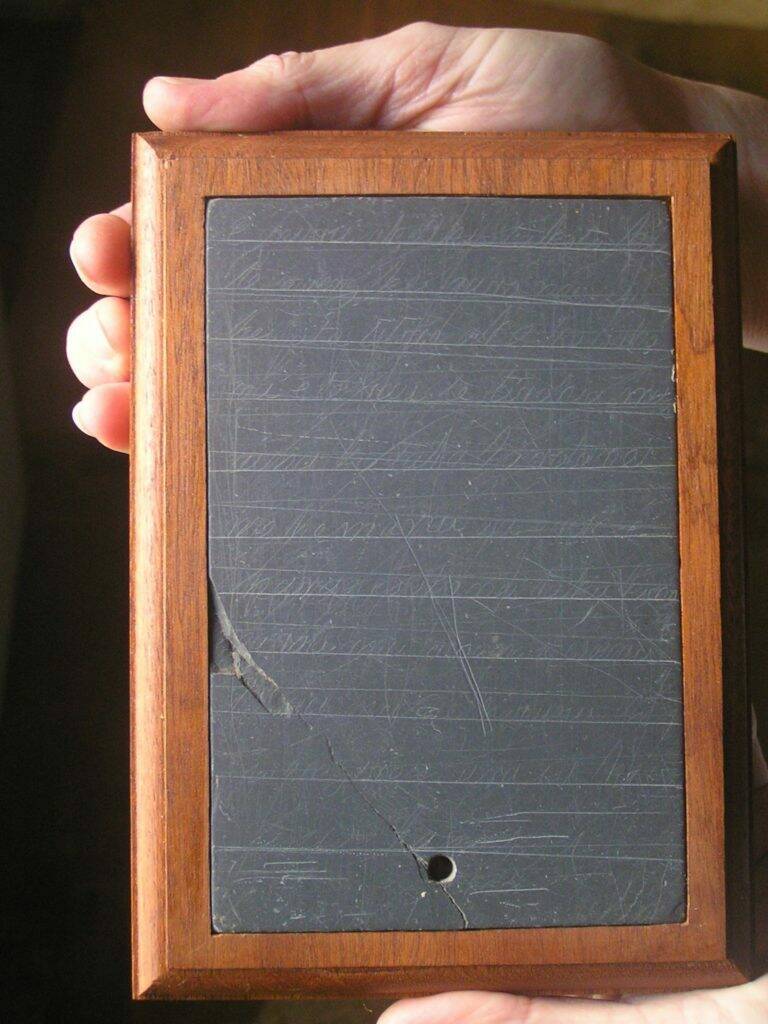
Andrew Coleman, Chief Executive, Heritage New Zealand Pouhere Taonga, says, “This UNESCO inscription for the Kerikeri Mission Te Reo Slates recognises two unique and irreplaceable taonga that Heritage New Zealand Pouhere Taonga has the privilege of caring for on behalf of the Crown and Ngāpuhi.
“The joint submission with Ngā Uri O Hongi underlines the mana of the slates as historic documents that capture a period of empowerment for Māori particularly in terms of literacy, here permanently etched into the slates – and our collective memory – by the hands of two young Māori women from around 1830. The slates are proudly on display at the Kerikeri Mission Station by appointment.”
Marti Friedlander Archive
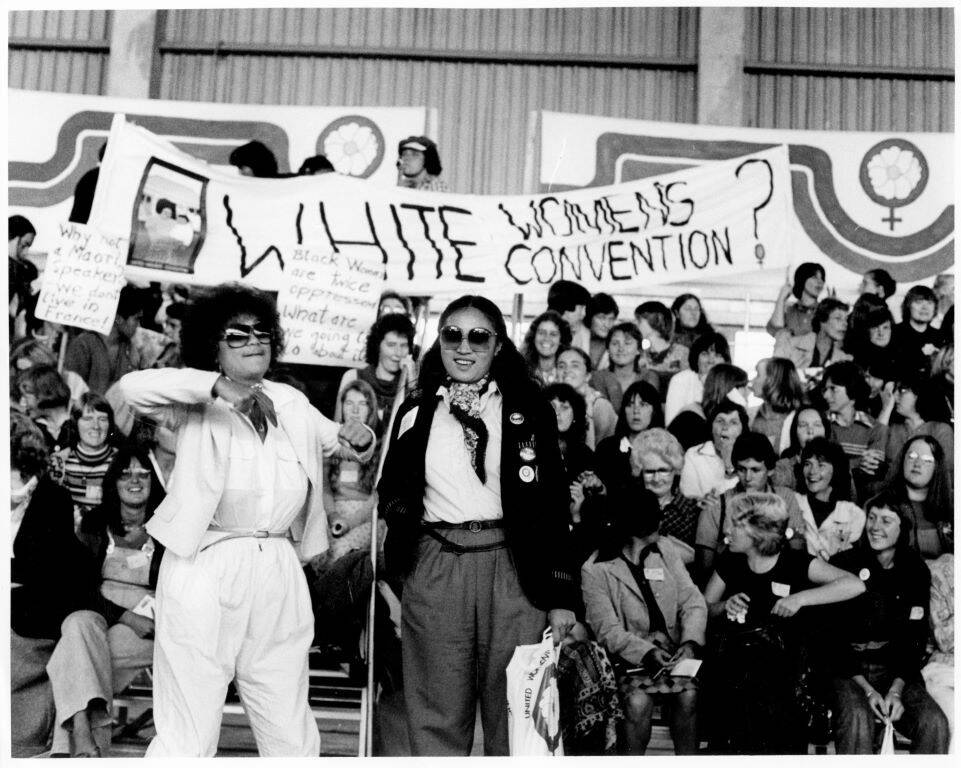
Catherine Hammond, manager of the E H McCormick Research Library at Auckland Art Gallery Toi o Tāmaki says, “Marti Friedlander’s extraordinary photographic archive is hugely significant to the people of Aotearoa New Zealand. She captured the diversity of the country and her photographic work provides vital insight into a period of significant social change from the 1960s onwards. She brought an immigrant’s perspective on her adopted country and in doing so ‘showed New Zealanders to themselves’. Her photographs of elderly Māori women with moko, artists and writers, protests and the women’s movement, vineyards and vintners, and children are particularly well-known. The archive’s inclusion on the register is an acknowledgment of her important contribution to the documentary heritage of New Zealand.”
Journal and Papers of Reverend Charles Baker
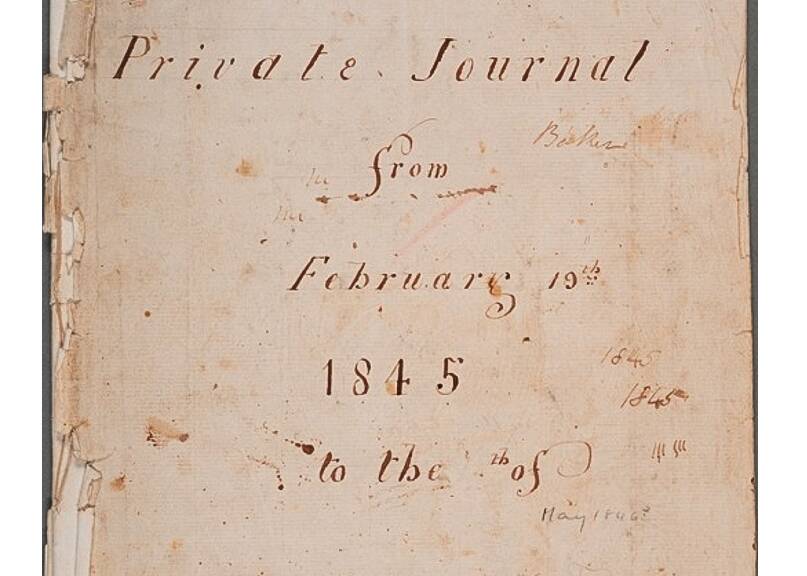
Nina Finigan, Curator Manuscripts, Auckland War Memorial Museum, says, “The addition of the Charles Baker Journals and Papers to the UNESCO Memory of the World Register is an important acknowledgement of this collection’s significance to Aotearoa’s history and the central role that documentary heritage plays in helping us tell, retell and challenge historic narratives.
“Through Baker’s collection, and in particular his journals, we gain access to a formative time in Aotearoa’s history: a time of immense ideological, social, cultural and spiritual disruption, This was a time when indigenous and imported knowledge systems collided, intermingled and produced new ways of doing, seeing and thinking. An unique first-hand account of 19th century Aotearoa, this collection has been used to explore our history by scholars such as Tony Ballantyne, Ngarino Ellis and Vincent O’Malley.”
Jack Lovelock Papers
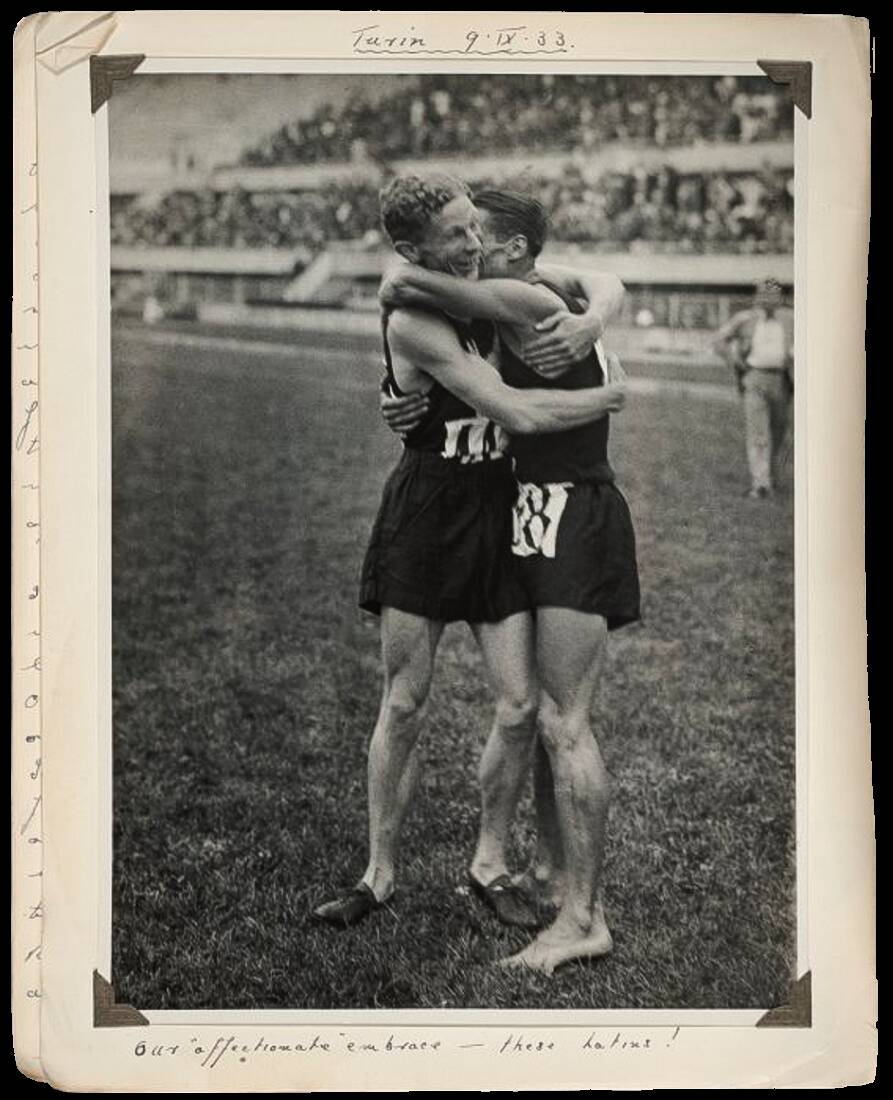
Chris Szekely, Chief Librarian, Alexander Turnbull Library, says, “The Jack Lovelock Papers are significant to the Library on a number of levels; firstly as a record of events and achievements that continue to resonate in the national consciousness, and which have made a major contribution to the standing of this country in the world; and secondly as a primary source for research into the history of professional sport in New Zealand. They have been used in three biographies of Lovelock, and in a number of general works on athletic history.”
Cambodian Women Oral History New Zealand Project 1993
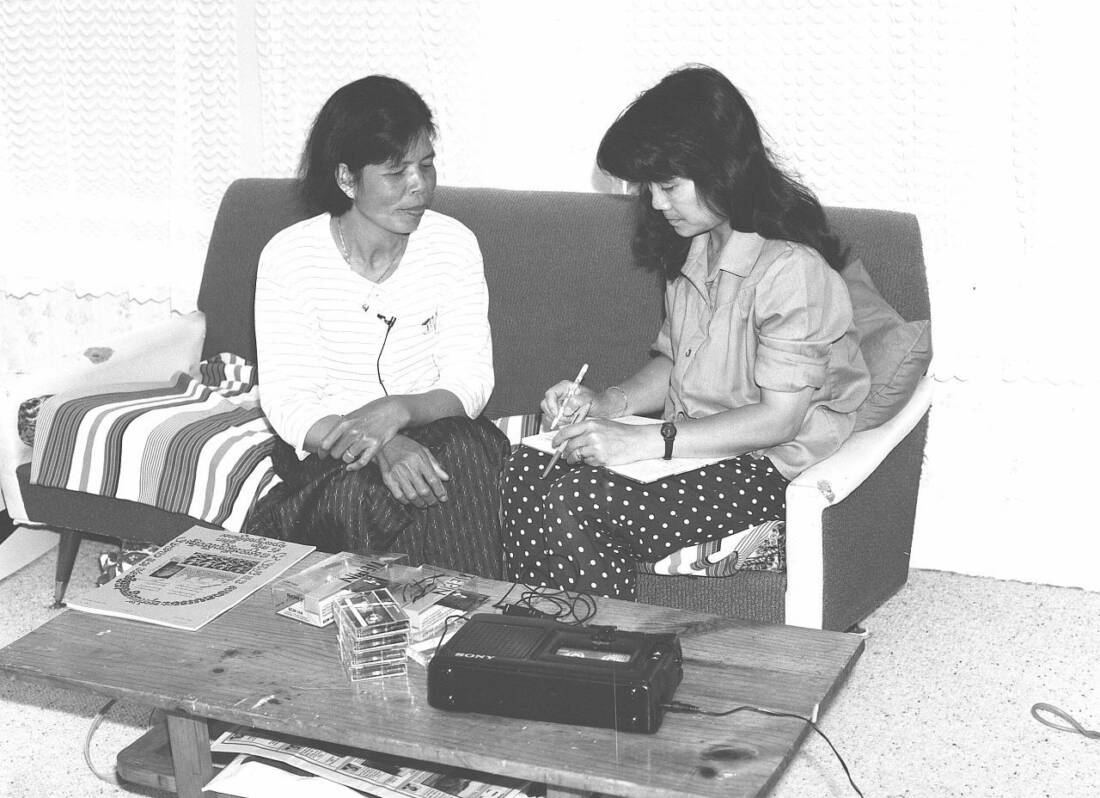
“The Cambodian Women Oral History Project is the first project from the Alexander Turnbull Library’s significant Oral History holdings to be inscribed on the register. It is also significant as a record of the major international upheavals that have driven people from their homes to this country, and contributed to our multicultural make-up. The main use of the Cambodian women oral history project has been Niborom Young’s book ‘I tried not to cry’.
Armson Collins Architectural Drawing Collection
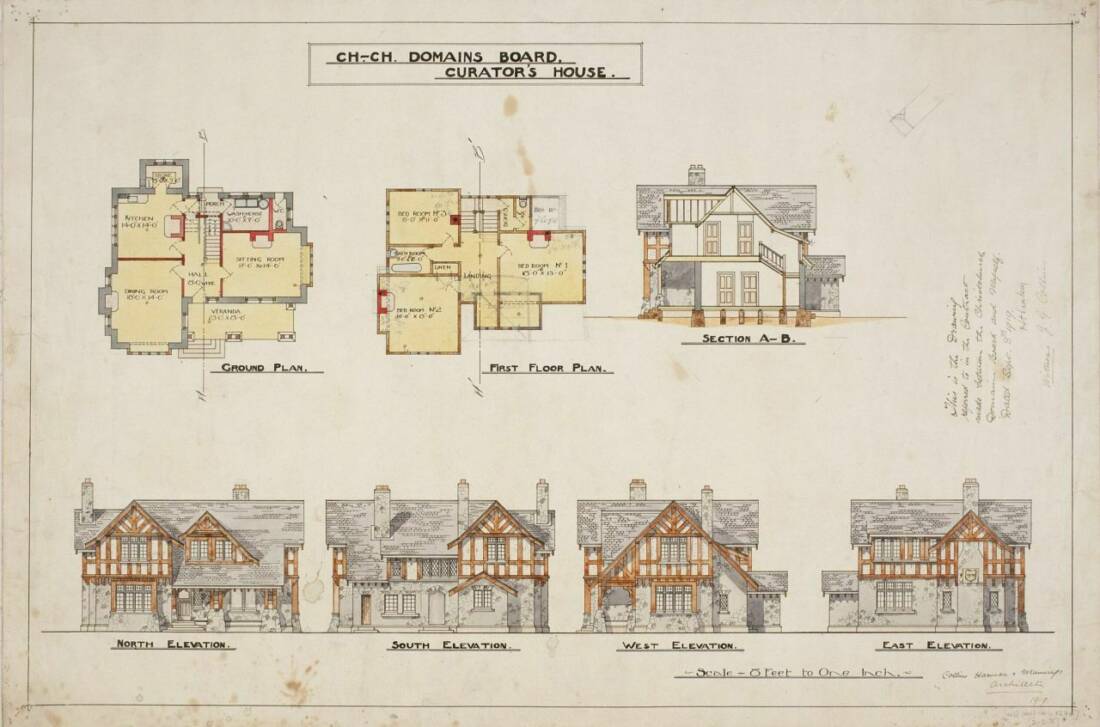
Erin Kimber, Archivist, University of Canterbury says, “With over 5000 architectural drawings, specifications and photographs, the Armson Collins Architectural Drawing Collection shows the development of architecture in Christchurch from the early 1870s into the 20th Century.
“The importance of the collection has been highlighted since the Canterbury earthquakes. No other collection in New Zealand provides such a complete representation of the built heritage that has suffered such a sudden and comprehensive loss. In some cases the drawings are the only remaining depictions of a building. The collection is used by building and engineering professionals, home-owners, archaeologists, and history scholars, and continues to actively contribute to the Christchurch rebuild, making it a significant taonga for the region and its people. Inclusion on the register safeguards this collection for the future.”
Herries Beattie Papers
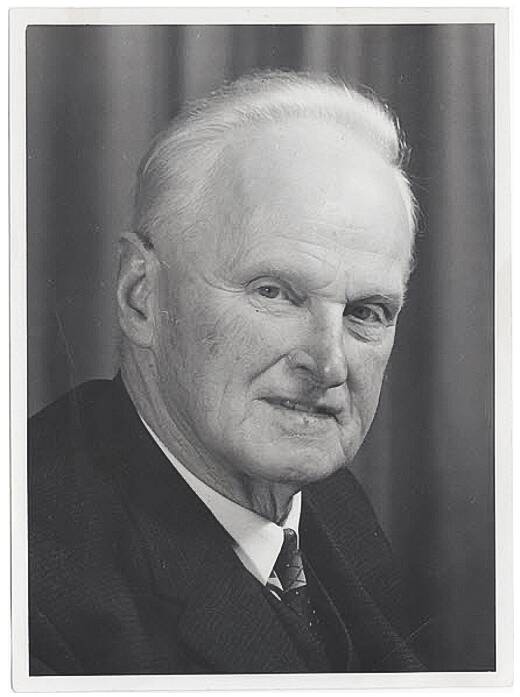
Anna Blackman, Head Curator Archives, Hocken Collections says, “Inscription of the James Herries Beattie papers on the register recognises an exceptionally rich collection that provides culturally significant insights into South Island tribal history and colonial history.
The collection documents uniquely Ngai Tahu culture and knowledge of traditional stories and narratives, naming of places, things and people, food gathering practices, hunting and fishing, pounamu, weapons and tools, textiles, knowledge of plants and animals, customs relating to childbirth, death and other life events, religion, health, sickness and medicine, dance, trails and travelling, waka, stars, and weather.
Used by Beattie himself as the basis for his numerous publications the collection was used extensively in Ngāi Tahu Treaty claims in the 1990s. Also by academic and other professional researchers for numerous publications and by University students and by the general community for research on South Island people, places and culture.
Ngāi Tahu has made particular use of the collection to support Kā Huru Manu cultural mapping project and the recent biographical book Tāngata Ngāi Tahu / People of Ngāi Tahu Volume 1.
Presbyterian Deaconess Collection
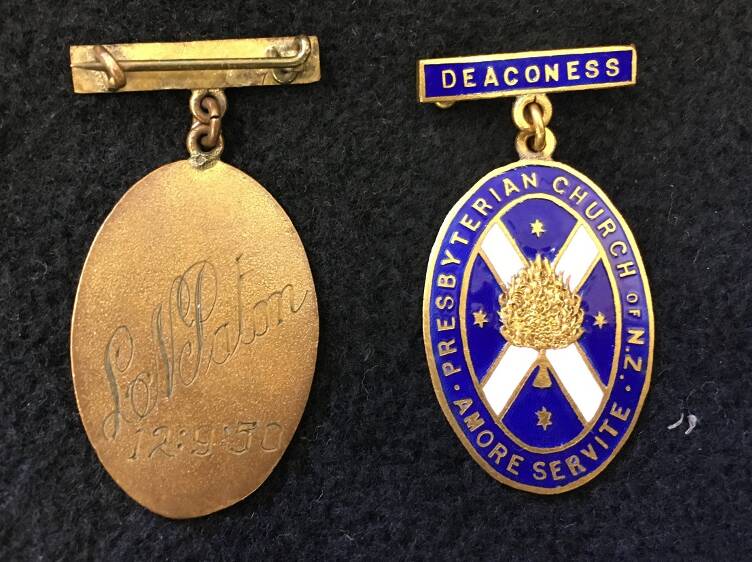
Jane Thomsen, Director, Presbyterian Research Centre says, “The Deaconess Collection shines a light on a group of New Zealand women, who over 75 years served many of New Zealand’s poor and vulnerable, yet to this day their stories are largely untold.
“Because the Church was at the centre of everyday life in the early 20th century, this collection is a rich and unique source of information about the rise of social services, gender inequality and the role of women outside the home in the 1900s.
“We are delighted by UNESCO’s recognition of the Collection because it will provide a springboard for the stories of these pioneering women in ministry to be heard.”
